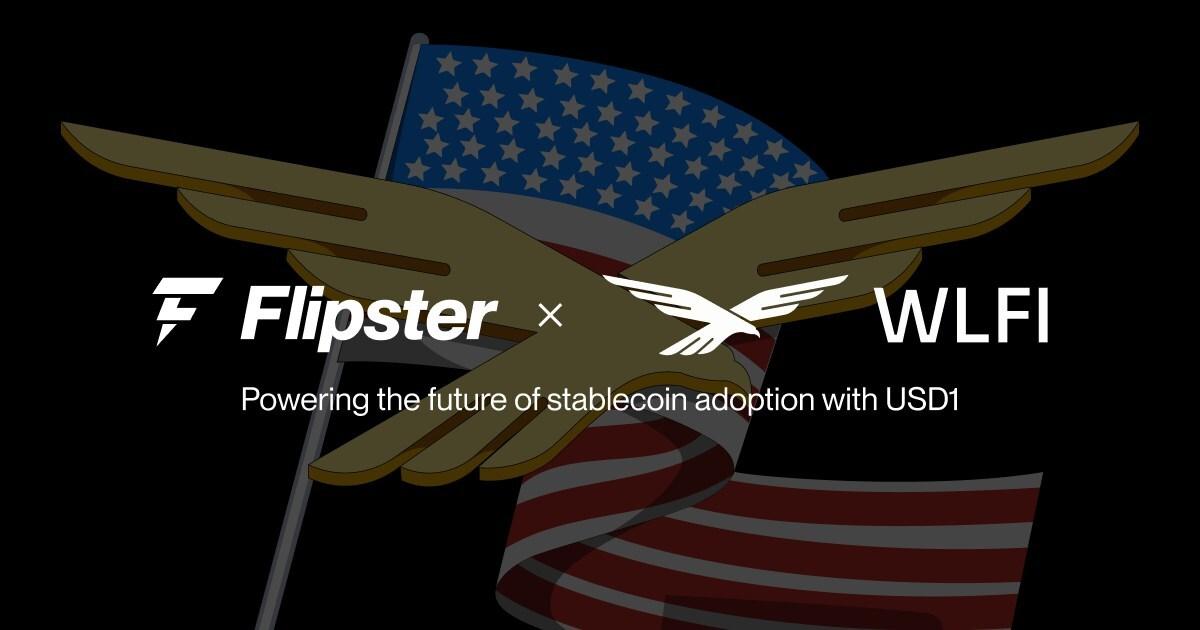Why FUNToken’s Deflationary Model Aligns with Web3’s Core Ideals

As the blockchain ecosystem matures, more projects are rediscovering a truth that has guided decentralized networks from the start: scarcity is not a flaw, but a feature. In an era of constant token inflation and aggressive emissions schedules, FUNToken has taken the opposite approach.
Its model is built around transparent, predictable supply reduction. This strategy not only supports long-term price stability but also reinforces many of the values that inspired Web3 itself: trustlessness, transparency, and true ownership.
Today, FUNToken trades at approximately $0.0109, with a market capitalization near $119 million and daily trading volumes ranging over $60 and $13 million.
These figures show steady engagement and reflect the market’s recognition that deflationary mechanics can deliver sustainable value rather than speculative hype.
This article explores why FUNToken’s deflationary approach is more than a tokenomics gimmick. It is a deliberate design choice that aligns perfectly with Web3’s most important ideals.
Deflation as a Response to Supply Inflation Fatigue
Many early token projects relied on aggressive emission schedules to attract liquidity. These inflationary designs often led to unsustainable sell pressure, undermining long-term confidence. Web3 communities have grown increasingly skeptical of this approach because it contradicts the very idea of digital scarcity that made Bitcoin and Ethereum successful.
FUNToken has taken a different route. Rather than minting new tokens to subsidize growth, the project committed to a quarterly burn model. On June 24, the team executed its largest-ever burn, permanently removing 25 million FUN from circulation. This reduced total supply by roughly 0.23 percent, and, more importantly, demonstrated that scarcity is an active priority.
Unlike projects that rely on reserves or unscheduled buybacks, FUNToken’s burns are funded by real revenue. This is critical because it means every supply reduction is a direct result of user participation and platform activity. This approach reinforces trust by showing the ecosystem does not need to inflate supply to maintain momentum.
Transparent On-Chain Mechanics Build Confidence
One of Web3’s most celebrated principles is that all transactions and governance actions should be transparent. FUNToken embodies this ideal by executing burns directly on-chain. Anyone can verify when tokens are sent to the burn address and confirm that they can never be recovered.
The project also benefits from an independent layer of verification through CertiK. The full audit conducted by CertiK confirmed that FUNToken’s smart contract is immutable. There are no minting backdoors, no hidden supply functions, and no mechanisms to reverse burns.
CertiK Skynet provides continuous monitoring of contract activity. This system flags any anomalies and ensures that stakeholders can track every interaction in real time. For Web3 participants who expect openness and accountability, this combination of on-chain proof and independent monitoring creates a high degree of confidence.
Deflationary Models Reinforce Value Alignment Between Users and Protocol
In many inflationary ecosystems, the interests of early adopters conflict with the needs of later participants. Early holders often exit as rewards are emitted, driving down the token price and discouraging newcomers.
FUNToken’s design instead ensures that every user interaction contributes to reducing supply over time. As more people engage with the Telegram $FUN AI bot or the upcoming gaming ecosystem, revenue increases. That revenue then funds future burns.
This structure creates a positive feedback loop where user activity supports token scarcity rather than diluting it. From a market perspective, this can help maintain more consistent price levels as adoption grows. From a community perspective, it reinforces fairness by ensuring that participation supports all holders equally.
A Familiar Experience Anchored by Deflation
Another factor that makes FUNToken’s deflationary model effective is that it does not sacrifice user experience. The project understands that many Web2 users are skeptical of crypto precisely because onboarding often feels complex.
To address this, FUNToken has built a free-to-play engagement model anchored by its AI-powered Telegram bot. The bot has attracted over 110,000 users, offering familiar daily challenges and reward loops. Participants complete simple tasks to earn tokens, mirroring the kind of gamified loyalty experiences that define popular mobile apps.
Because all token rewards ultimately connect back to the quarterly burn process, new users feel that their engagement supports scarcity. This perception is a powerful motivator. It creates a sense that participation has lasting impact rather than simply inflating the ecosystem with tokens that lose value over time.
Roadmap Prioritizes Utility Without Compromising Scarcity
Many projects make tradeoffs between scarcity and utility. FUNToken’s roadmap demonstrates that the two can coexist.
The roadmap outlines key milestones for the remainder of 2025 and early 2026, including:
● Q3 to Q4 2025: Launch of a mobile wallet supporting staking, gas-free token swaps, and real-time burn tracking
● Q4 2025: Introduction of 10 games to move the total to 30 free-to-play games integrated with the FUNToken economy
● Q1 2026: A target of more than 1 million active wallets with multi-chain features and also, integration with external gaming ecosystems.
This alignment is consistent with Web3’s goal of creating systems where utility, transparency, and scarcity reinforce each other rather than competing for priority.
CertiK Verification Validates Scarcity Claims
One of the most common criticisms of deflationary narratives in crypto is that projects overpromise and underdeliver. Investors have seen too many examples of contracts that claimed to be deflationary but quietly reserved functions to mint additional supply later.
CertiK’s audit and Skynet monitoring are critical safeguards against this. They validate that FUNToken’s contract is fully immutable and that no hidden minting features exist.
This means when a burn occurs, there is no way to restore the tokens. The integrity of that process is what gives scarcity real meaning and separates FUNToken from less transparent competitors.
Conclusion
FUNToken’s deflationary model is not a marketing tactic. It is a carefully constructed design that demonstrates how scarcity can be a feature rather than a flaw. The combination of transparent quarterly burns, CertiK-audited immutability, real-time Skynet monitoring, and a roadmap focused on sustainable adoption creates a value proposition that is consistent with Web3’s founding ideals.
Disclaimer: This article is provided for informational purposes only. It is not offered or intended to be used as legal, tax, investment, financial, or other advice.




